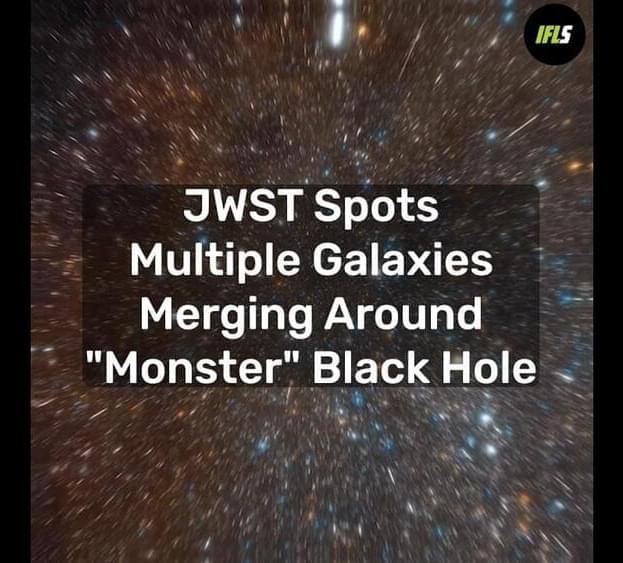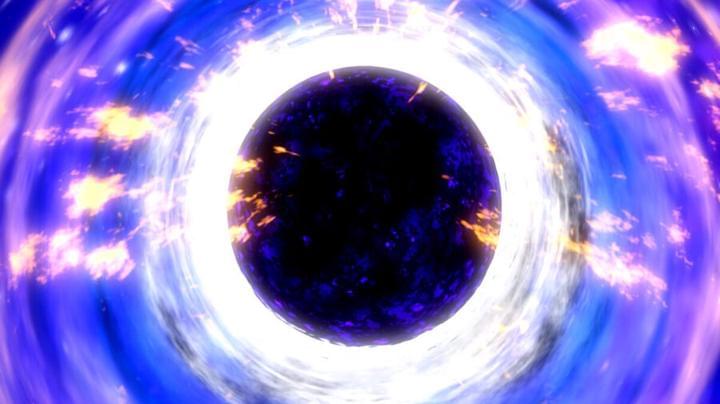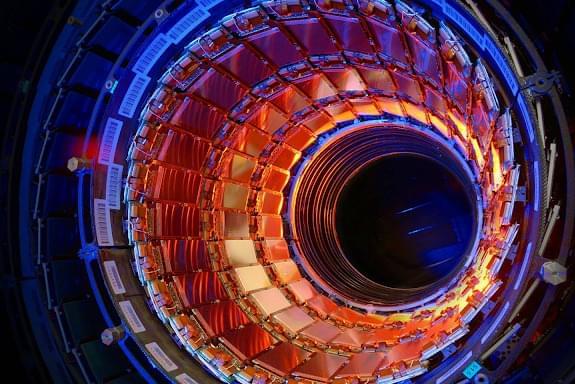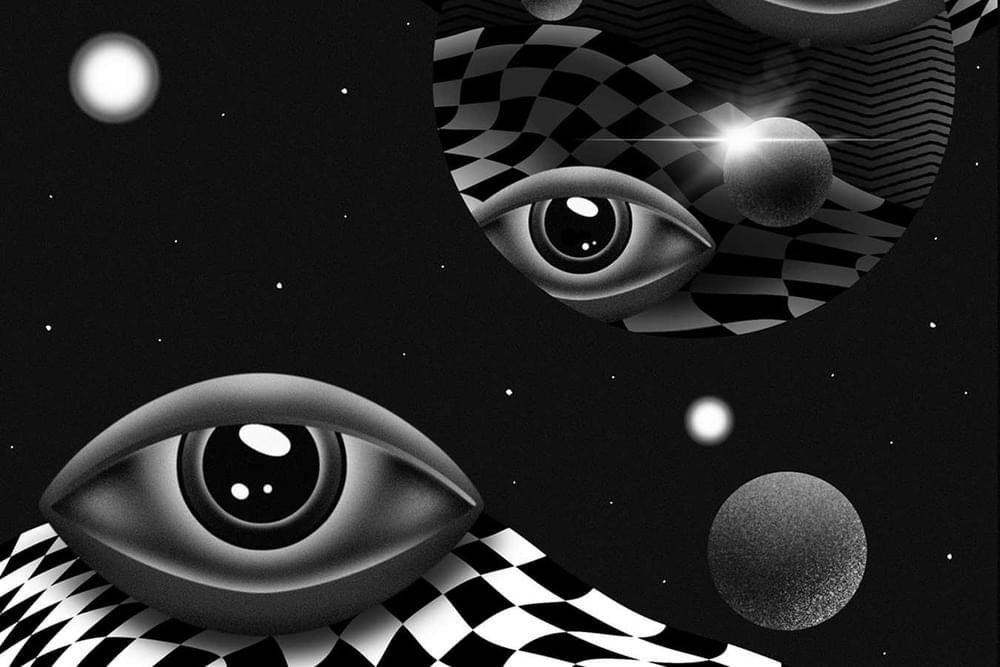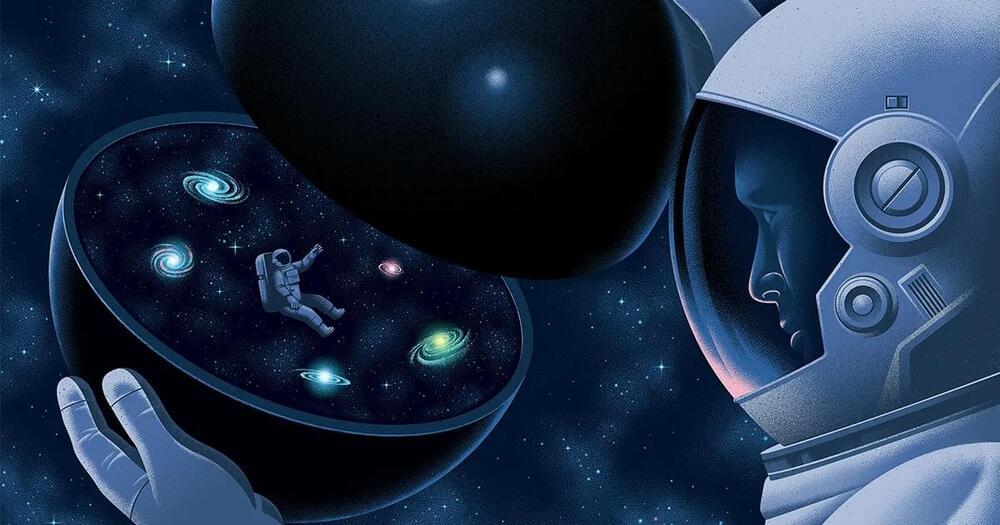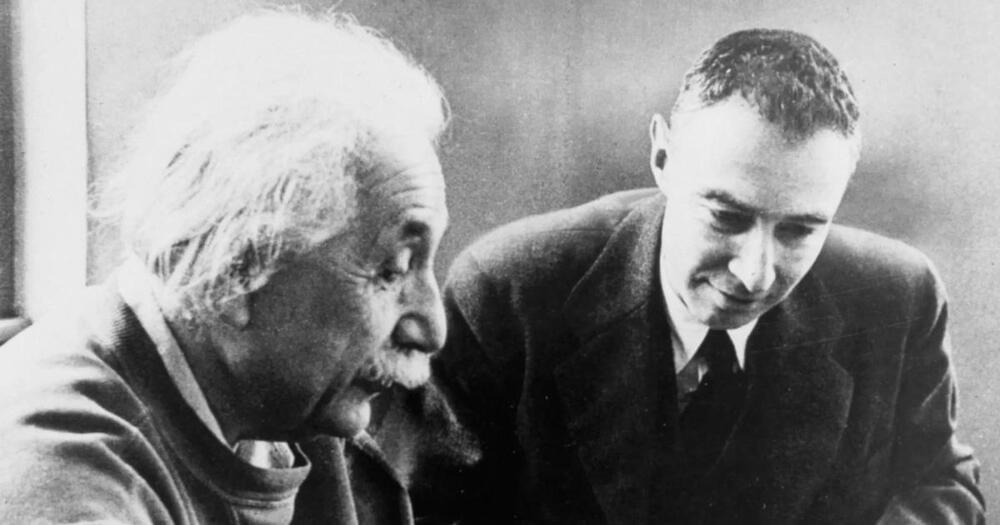Archive for the ‘cosmology’ category: Page 118
Aug 5, 2023
Time Travel Through Wormholes Now Possible?
Posted by Dan Breeden in categories: cosmology, space travel, time travel
Whether you find yourself laying awake at night crippled with anxiety regarding the embarrassing errors of your past, or just love Christopher Nolan’s non-linear storytelling, you may be shocked to learn about the latest scientific discovery. According to a recent write-up from Science Alert, time travel may actually be achievable, using the powerful time dilation of interstellar wormholes.
Aug 5, 2023
New world record: Thinnest-ever pixel detector installed
Posted by Saúl Morales Rodriguéz in categories: cosmology, evolution, particle physics
The Belle II cooperation project at the Japanese research center KEK is helping researchers from all over the world to hunt for new phenomena in particle physics. The international experiment has now reached a major milestone after a team successfully installed a new pixel detector in its final location in Japan.
The size of a soda can, the detector was developed in order to make out the signals coming from certain types of particle decays, that can shed light on the origin of the matter–antimatter asymmetry that has been observed in the universe. The installation ran without a hitch and is a key milestone in the evolution of the experiment and German–Japanese research collaboration.
Based at the SuperKEKB accelerator in Japan’s KEK research center, Belle II is an international collaborative project involving researchers from all over the world. The experiment aims to find answers to the many unresolved questions about the universe that are out there. To this end, the 1,200 or so members of the international Belle II collaboration are searching for signs of new phenomena in physics and unknown particles not covered by the established Standard Model of particle physics.
Aug 2, 2023
Scientists believe they have discovered a portal to the Fifth Dimension
Posted by Shubham Ghosh Roy in categories: cosmology, particle physics
In a new study, scientists say that a particle that links to a fifth dimension can explain dark matter. (The previous article has been updated.)
Aug 2, 2023
Does space-time remember? The search for gravitational memory
Posted by Dan Breeden in categories: cosmology, quantum physics
Detecting the permanent imprints left by colliding black holes would reveal a universe saturated with infinite symmetries – and narrow the possibilities for a theory of quantum gravity.
Aug 2, 2023
Quantum 101 Episode 5: Quantum Entanglement Explained
Posted by Dan Breeden in categories: cosmology, information science, particle physics, quantum physics
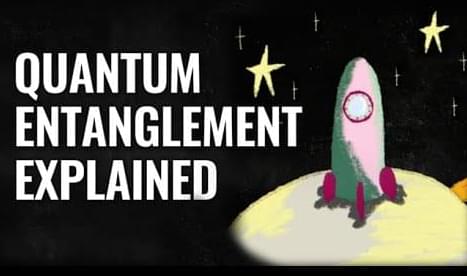
Quantum entanglement is one of the most intriguing and perplexing phenomena in quantum physics. It allows physicists to create connections between particles that seem to violate our understanding of space and time.
This video discusses what quantum entanglement really is, and the experiments that help us understand it. The results of these experiments have applications in new technologies that will forever change our world.
Continue reading “Quantum 101 Episode 5: Quantum Entanglement Explained” »
Aug 2, 2023
New Calculations Show How to Escape Hawking’s Black Hole Paradox
Posted by Dan Breeden in categories: cosmology, quantum physics
Inside of a black hole, the two theoretical pillars of 20th-century physics appear to clash. Now a group of young physicists think they have resolved the conflict by appealing to the central pillar of the new century — the physics of quantum information.
Aug 2, 2023
Dystopian Rainfall — Experience the Dystopian Rainfall of a Blade Runner Universe — ASMR Track
Posted by Dan Breeden in categories: cosmology, cyborgs, media & arts, space travel

Experience the dystopian rainfall of a Blade Runner universe in this ASMR track! Sit back, relax and let the futuristic cyberpunk music transport you to a dark and dangerous future.
This sci-fi ambient music is perfect for any fan of Blade Runner 2049. With a cinematic soundscape and spine chilling music, this track will transport you to a dark and dystopian future. Enjoy the sounds of rain falling on a roof, the sound of a blade cutting through metal and the sound of a cyborg walking the streets of a city at night.
Aug 1, 2023
Oppenheimer’s forgotten astrophysics research explains why black holes exist
Posted by Genevieve Klien in categories: cosmology, quantum physics
Even with the quantum rules governing the Universe, there are limits to what matter can withstand. Beyond that, black holes are unavoidable.
Aug 1, 2023
The Universe May Be a Hologram, Meaning Our Entire Reality Could Be an Illusion
Posted by Quinn Sena in categories: cosmology, holograms, mathematics
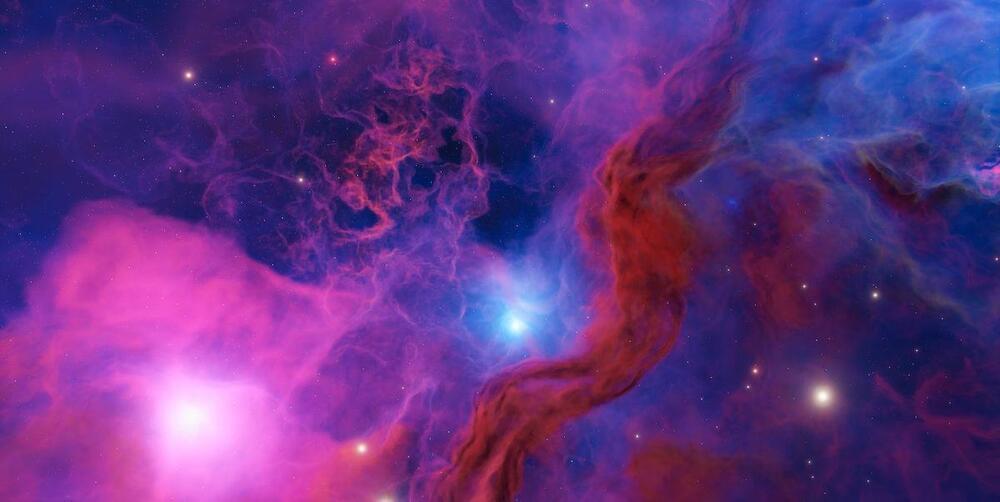
O.o!!!
This holographic concept could explain a mystery about black holes, but the math may not represent reality.
